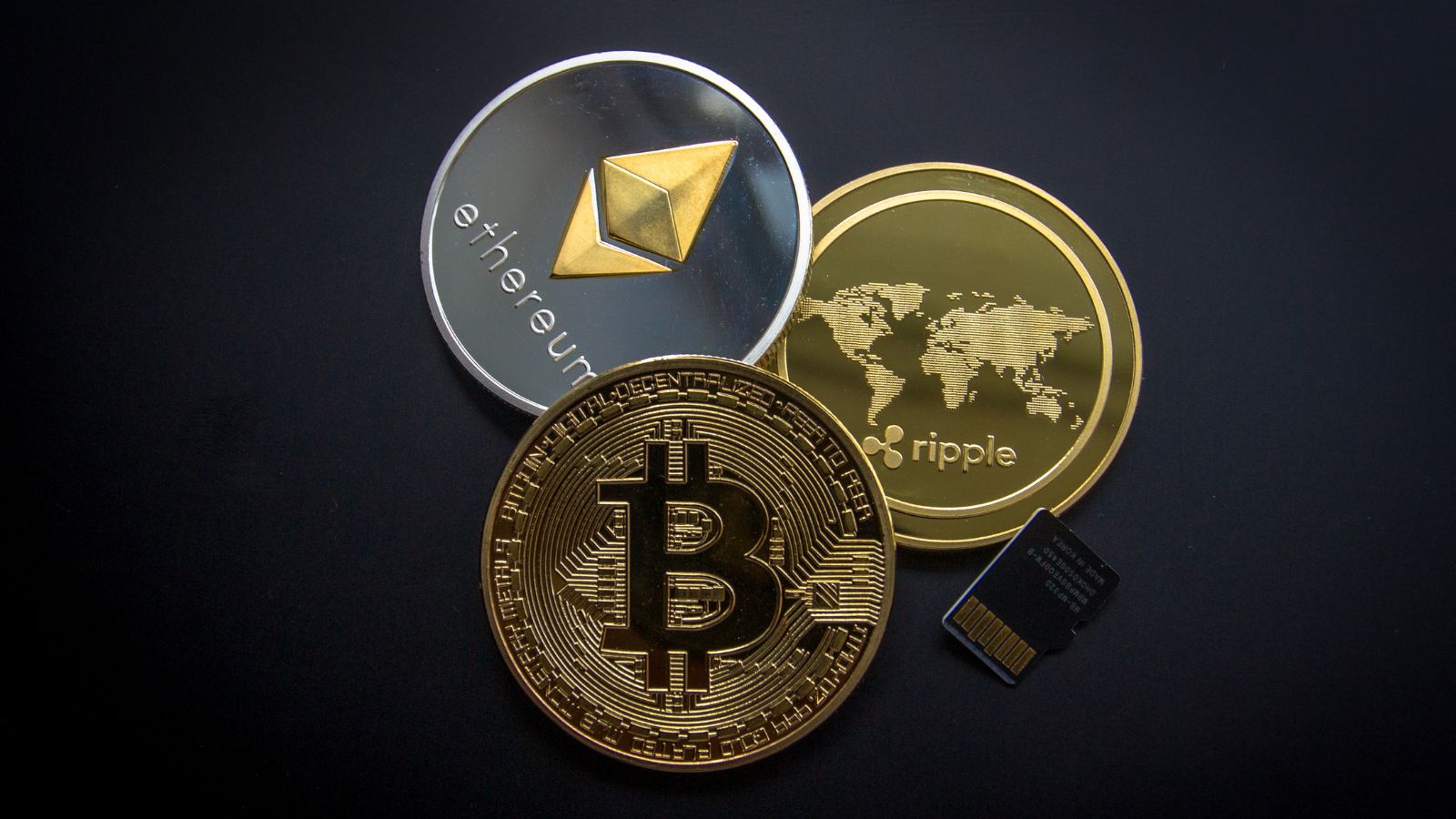 The cryptocurrency market is one of the most dynamic and fast-moving financial environments in the world. Every second, millions of dollars in trades occur across hundreds of exchanges, and prices can shift within fractions of a second. In such a volatile environment, one of the most critical processes keeping the market functional is market making. Without it, trading would be inefficient, illiquid, and costly for participants. This article explains what crypto market making is, why it matters, how it works, and what strategies are used by professional market makers.
The cryptocurrency market is one of the most dynamic and fast-moving financial environments in the world. Every second, millions of dollars in trades occur across hundreds of exchanges, and prices can shift within fractions of a second. In such a volatile environment, one of the most critical processes keeping the market functional is market making. Without it, trading would be inefficient, illiquid, and costly for participants. This article explains what crypto market making is, why it matters, how it works, and what strategies are used by professional market makers.
What is Crypto Market Making?
We know crypto market making is the process of continuously providing buy and sell orders on cryptocurrency exchanges to ensure that there is always liquidity available for traders. In simple terms, a market maker acts as both a buyer and seller in the market, making it easier for other traders to enter and exit positions without causing significant price fluctuations.
For example, imagine you want to sell 1 Bitcoin at $60,000. If there are no buyers at that price, you would need to sell at a lower price, which could cause the market to drop. Market makers prevent this problem by always having active orders on both sides of the market, reducing volatility and ensuring smoother transactions.
Why Market Making is Important in Crypto
The role of market making is crucial for the healthy functioning of cryptocurrency markets, especially since many tokens and coins are less liquid than traditional financial instruments. Here are the main reasons why market making matters:
1. Ensuring Liquidity
Liquidity means how quickly and easily you can buy or sell an asset without significantly impacting its price. Market makers provide liquidity by placing large numbers of buy and sell orders, ensuring that traders can execute their trades quickly.
2. Reducing Price Volatility
Without market makers, small trades could cause large price swings. By maintaining a constant flow of buy and sell orders, market makers reduce volatility and keep prices stable.
3. Narrowing the Bid-Ask Spread
The bid-ask spread is the difference between the highest price a buyer is willing to pay and the lowest price a seller is willing to accept. Market makers help narrow this spread, making trading cheaper for participants.
4. Supporting New Token Launches
When a new cryptocurrency is launched, it usually has low trading activity. Market makers ensure that there is enough liquidity from day one, helping new tokens attract traders and investors.
How Crypto Market Making Works?
To understand how crypto market making operates, you need to know about order books and trading pairs.
Order Books and Trading Pairs
Every cryptocurrency exchange maintains an order book, which is a list of buy (bid) and sell (ask) orders for a specific trading pair, such as BTC/USDT or ETH/BTC. A market maker places orders on both sides of the order book, ensuring that there are always prices available for traders.
Algorithmic Trading and Automation
Most crypto market making today is done by algorithms rather than humans. These algorithms can analyze market conditions, detect trading opportunities, and place orders within milliseconds. This speed is crucial in crypto because prices can change rapidly.
Inventory Management
Market makers must manage their inventory carefully. If they hold too much of one asset, they could be exposed to price risk. Therefore, they adjust their orders to keep a balanced portfolio while still providing liquidity.
Types of Market Makers in Crypto
Not all market makers are the same. They can be divided into several categories depending on their size, strategy, and market focus.
1. Professional Trading Firms
These are specialized companies that provide liquidity for exchanges and token projects. They have advanced trading infrastructure, experienced traders, and sophisticated algorithms.
2. Token Issuers as Market Makers
Some cryptocurrency projects act as their own market makers to ensure liquidity for their tokens, especially during the early stages after launch.
3. Individual or Small-Scale Market Makers
Independent traders can also act as market makers by manually placing orders or using basic trading bots, although they usually operate on a much smaller scale.
Market Making Strategies in Crypto
Successful market making requires strategic planning. Here are some common strategies used by crypto market makers:
1. Spread Trading
The market maker earns profits from the bid-ask spread. For example, if they buy Bitcoin at $60,000 and sell it at $60,010, the $10 difference per Bitcoin is their profit.
2. Arbitrage Market Making
This involves taking advantage of price differences for the same asset across different exchanges. If Bitcoin is $60,000 on Exchange A and $60,050 on Exchange B, the market maker can buy on A and sell on B to lock in a profit.
3. High-Frequency Trading (HFT)
Some market makers use high-frequency trading strategies to place thousands of trades per second. This requires advanced algorithms and low-latency connections to exchanges.
4. Delta-Neutral Market Making
This strategy involves hedging price risk by holding offsetting positions in related assets. For example, a market maker may hold Bitcoin while shorting Bitcoin futures to protect against price swings.
Risks in Crypto Market Making
While market making can be profitable, it is not without risks.
1. Inventory Risk
If the market moves against the market maker’s position, they can suffer significant losses. For example, if they hold a large amount of Ethereum and the price drops suddenly, their portfolio value decreases.
2. Technology Failures
Since market making relies heavily on algorithms and trading systems, any technical glitch or downtime can cause missed opportunities or losses.
3. Regulatory Risks
Different countries have different rules regarding crypto trading. A sudden change in regulation could impact market making activities.
4. Competition
The crypto market is filled with skilled traders and algorithms. Intense competition can reduce profitability.
How Exchanges Benefit from Market Makers?
Cryptocurrency exchanges often partner with professional market makers because it benefits the exchange in multiple ways:
- Higher Trading Volumes – More liquidity means more trades, which increases exchange revenue.
- Better Price Stability – A stable market attracts more traders.
- Improved User Experience – Narrower spreads and faster order execution make the platform more attractive.
How Token Projects Benefit from Market Makers?
For token issuers, having a market maker ensures that their token can be traded easily from the start. This helps attract investors, improves market perception, and prevents large price drops due to low liquidity.
Tools and Technologies Used in Crypto Market Making
Market makers use advanced tools to operate efficiently:
- Trading Bots – Automate the buying and selling process.
- API Integration – Connect directly to exchange trading systems for faster execution.
- Data Analytics – Monitor order book depth, trading volume, and volatility.
- Risk Management Systems – Automatically adjust positions to reduce exposure.
The Future of Crypto Market Making
The future of crypto market making looks promising as the industry becomes more sophisticated. Here are some trends to watch:
1. AI-Powered Market Making
Artificial intelligence can analyze large amounts of data and make better trading decisions, improving efficiency and profitability.
2. Decentralized Market Making
With the rise of decentralized exchanges (DEXs), market making is evolving. Automated Market Makers (AMMs) such as Uniswap use smart contracts to replace traditional order books.
3. Regulation and Compliance
As crypto markets mature, regulators will likely introduce clearer rules for market making. Professional firms that comply with these rules will have a competitive advantage.
4. Cross-Chain Liquidity
Future market makers may operate across multiple blockchains, enabling seamless trading between assets on different networks.
Conclusion
Crypto market making plays a vital role in ensuring liquidity, reducing volatility, and maintaining efficient price discovery in cryptocurrency markets. Whether carried out by large professional firms, token issuers, or individual traders, market making supports both exchanges and traders by improving market conditions. As technology advances, market making is becoming more sophisticated, integrating artificial intelligence, decentralized systems, and cross-chain capabilities. For anyone looking to participate in crypto — whether as a trader, investor, or project founder — understanding market making is essential to navigating and thriving in this fast-moving industry
